As Covid-19 has been disrupting our lives these past years, media have been sharing that there is one country, since the beginning, that has been doing pretty well: Japan. Indeed, on July 4, 2020, while the Alpha-Wuhan variant was raging and vaccines and treatments were not yet available, the BBC titled “Coronavirus: Japan’s mysteriously low virus death rate”. Most recently, on January 14, 2022, The Japantimes also pointed out the low Covid deaths in Japan, but they also mentioned something new: “Intestinal bacteria could be behind Japan’s low COVID deaths, study says”. And what helps have intestinal bacteria? Food choices!
As the study’s lead researcher, Masaaki Hirayama, an associate professor at the university’s Graduate School of Medicine, said in the article, “I’m not saying that intestinal bacteria alone can cure COVID-19”, here’s our statement: “We’re not saying that food alone can cure COVID-19”. If you have any questions regarding COVID-19, please reach your doctor, a health professional. Here at Teuko, we’re not doctors nor nutritionists, but we’ve been curating hundreds of Japanese school lunch menus and we’ve noticed a few superfoods that can help our bodies. Let’s discover these top superfoods that are part of the Japanese kids’ lunches!
Fish & Seafood

Fish and seafood are part of a well-balanced healthy diet. As mentioned in this Harvard’s article: “Fish and other seafood are the major sources of healthful long-chain omega-3 fats and are also rich in other nutrients such as vitamin D and selenium, high in protein, and low in saturated fat. There is strong evidence that eating fish or taking fish oil is good for the heart and blood vessels. ” Also, as mentioned by the Washington State Department of Health: “Fish is rich in calcium and phosphorus and a great source of minerals, such as iron, zinc, iodine, magnesium, and potassium. The American Heart Association recommends eating fish at least two times per week as part of a healthy diet.”
What fish do we find in the Japanese school lunch menus? Mackerel/aji (horse mackerel), salmon, tuna, hoki, jako (baby sardines), shrimp, squid! Deep fried, in salads, in omelets, fish & chips, fish burgers… Would you have ever imagined that kids would eat so much variety of fish and seafood?
Seaweed
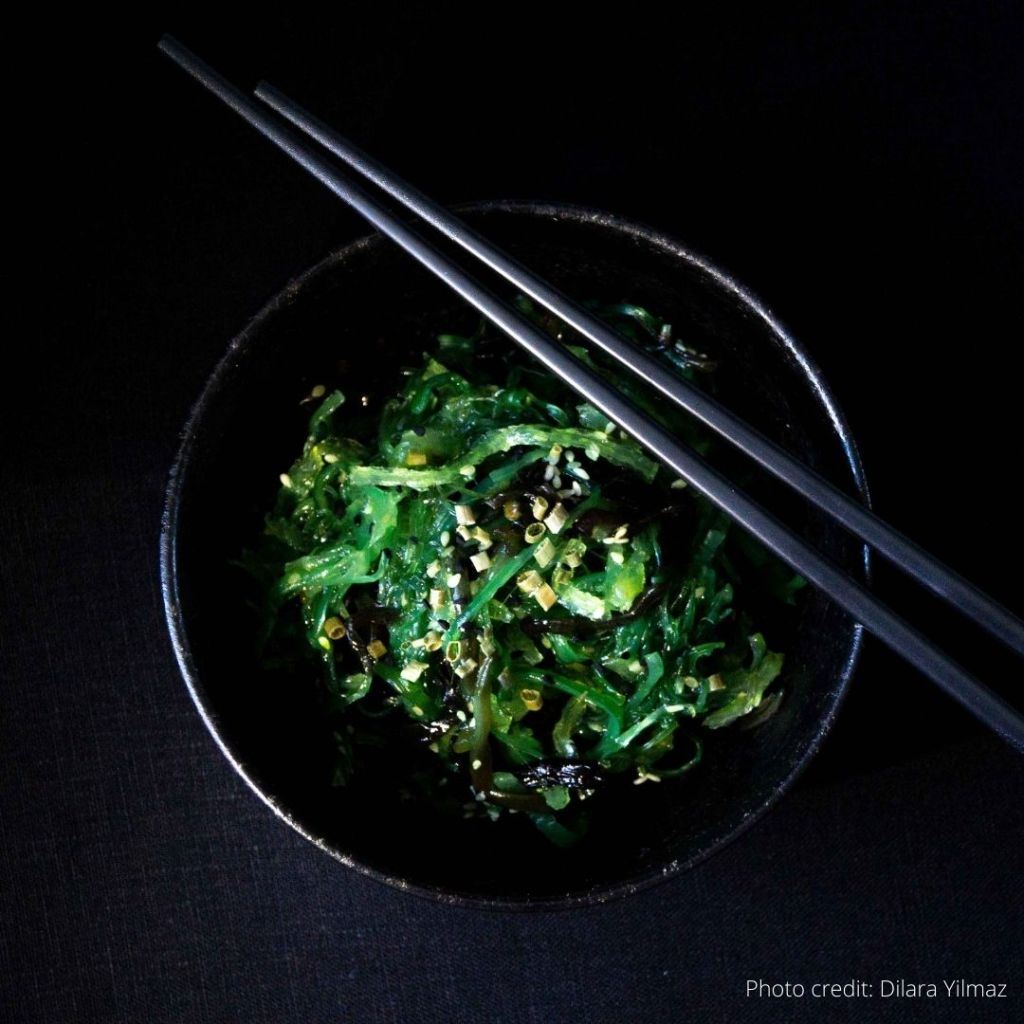
As a salad, or in a cabbage salad, in a stew, in a hearty miso soup, or mixed with rice, seaweed is everywhere in the Japanese school lunch menus!
Why would seaweed be a superfood, especially during the Covid pandemic? An article in Future Medicine mentions that there is a link between inflammatory markers, such as IL-6, and Covid. Covid may generate, indeed, a cytokine storm, getting inflammatory markers at high levels. And we found out another study, in Nature.com, where it is written that “Oligo-Fucoidan prevents IL-6 and CCL2 production”. The link with seaweed? Fucoidan is a gel-like substance only found in brown seaweeds such as wakame.
Ginger

We invite you to have a look at the Japenese menus we curated in Teuko.com. You can verify with the source, from the website of a private school in Tokyo: ginger is an ingredient used in every meal!
What’s the superpower of ginger? Ginger has anti-inflammatory properties that may help in removing toxins from the respiratory tract. In this scientific article “Therapeutic potential of ginger against COVID-19: Is there enough evidence?”, it is written:
Fresh ginger exerts potent antiviral effects against human respiratory syncytial virus (HRSV) and rhinovirus, supporting its usefulness for the treatment of airway viral infections.[…] Herbs can provide valuable sources of components that have immunomodulatory, anti-inflammatory, anti-oxidative and antiviral properties, exerting beneficial effects on the systems that are affected by the virus.12 Experimentally and clinically, ginger (the rhizome of Zingiber officinale) has exhibited numerous therapeutic activities, including anti-inflammatory, antioxidative, immunomodulatory, antimicrobial, anti-fungal, anticancer, neuroprotective, antimigraine, hepatoprotective, hypo-cholesterolemic, cardiovascular protective, respiratory protective, anti-obesity, antidiabetic, anti-nausea, and anti-emetic effects.13 Ginger also displays direct anti-viral effects’ […] Thus, ginger can have beneficial impacts on many organs that are affected by SARS-CoV-2 infection.
With its spicy and warm taste, we may consider adding a tiny bit of ginger here and there in soups, rice, stew we prepare for our kids’ lunches. Another way we like to use ginger is in infusion, with lemon, honey, and thyme… so good when it’s cold outside and it helps when we have a sore throat!
Garlic
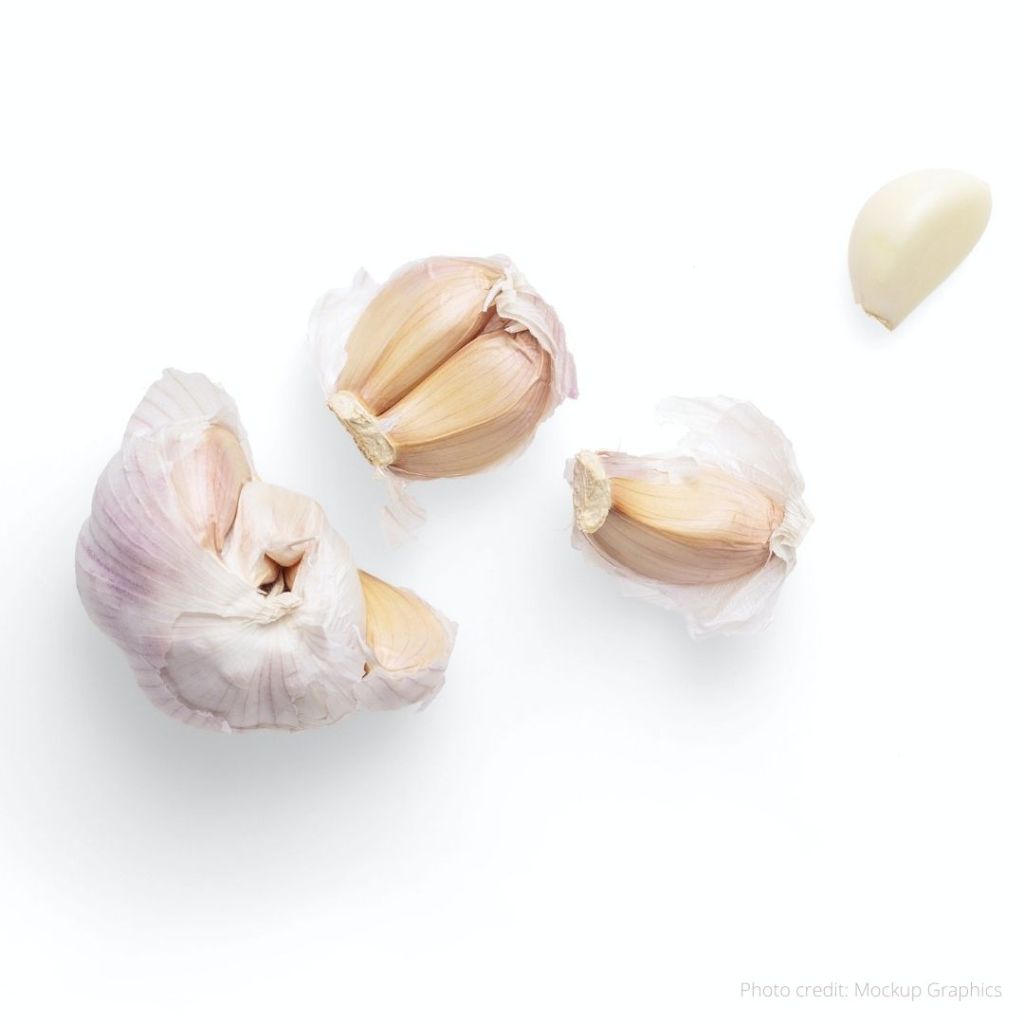
Like ginger, garlic is included in every meal in the Japanese school lunch menus we could curate in Teuko!
Several studies mention that garlic may help decrease inflammation and boost immune function. Another impressive benefit of garlic is that garlic is a natural blood thinner and helps against blood clotting. In that NHI.gov article, it is written: “Consumption of a garlic clove a day could be beneficial in preventing thrombosis”.
Our recommendation: slice it or crush it with the help of a garlic press, or simply add garlic powder in your soups, sautéed veggies, and other dishes… garlic is actually a treat!
Natto

Natto is a traditional Japanese food. The small fermented soybeans look like tiny cannellini beans and smell like old cheese. They actually have a very cheesy, slimy, stringy texture. The best way to eat natto is to associate it with rice.
In this article on Clinicaleducation.org, it is explained the power of natto:
“Thrombolytic enzymes are normally generated in the endothelial cells of the blood vessels. As the body ages, production of these enzymes begins to decline, making blood more prone to coagulation and fibrin accumulation in the vascular endothelium. Eventually, this can lead to cardiac or cerebral infarction, as well as other conditions of the small or large vasculature.[…] According to Dr. Martin Milner, from the Center for Natural Medicine in Portland, Oregon, what makes nattokinase [the enzyme produced when B. subtilis natto acts on the soybeans] a particularly potent treatment is that it enhances the body’s natural ability to fight blood clots in several different ways.“
It seems that natto is actually an event better superfood than garlic for preventing blood clots! The only thing is that kids may not like the texture and the smell. But it is worth a try, once in a while, don’t you think?
In conclusion, it seems that fish and seafood, seaweed, ginger, garlic, and natto are Japan’s superfoods! To put it in a nutshell, they may help increase immunity, and reduce inflammation and coagulation. With plenty of vegetables (onion, carrots, cabbage, lotus roots, mushroom, spinach, …), kids in Japan are lucky to have such wonderful meals with superfoods!
How did you like these new food ideas? What Japanese superfoods are you ready to include in your kids’ lunch boxes? Show us what you do by uploading a photo on teuko.com!
Disclaimer: As an Amazon affiliate company, if you buy some products from some links inserted in the text of this blog post, we may get a small share of the revenue from the sale. This helps Teuko.com remain free! Any feedback? Email us at contact@teuko.com



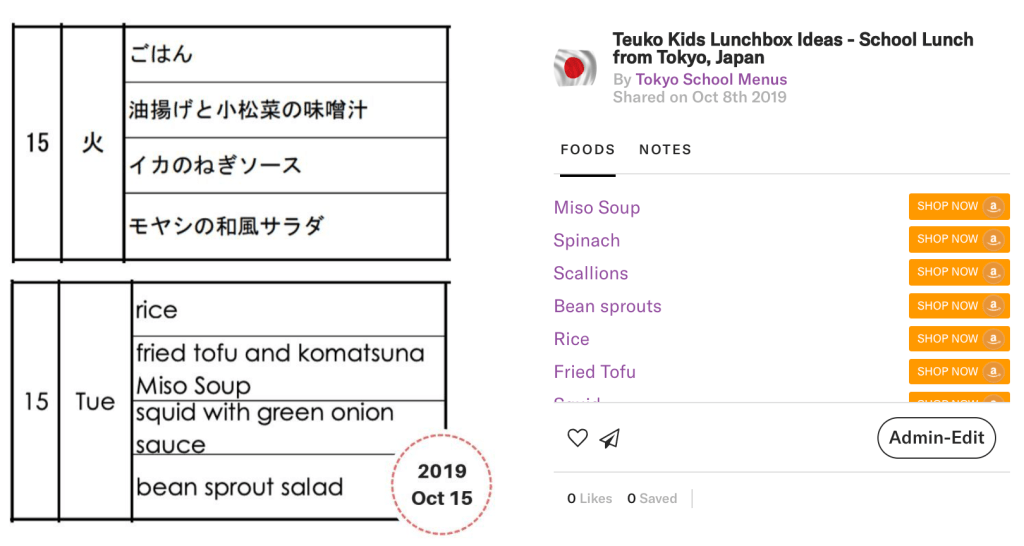
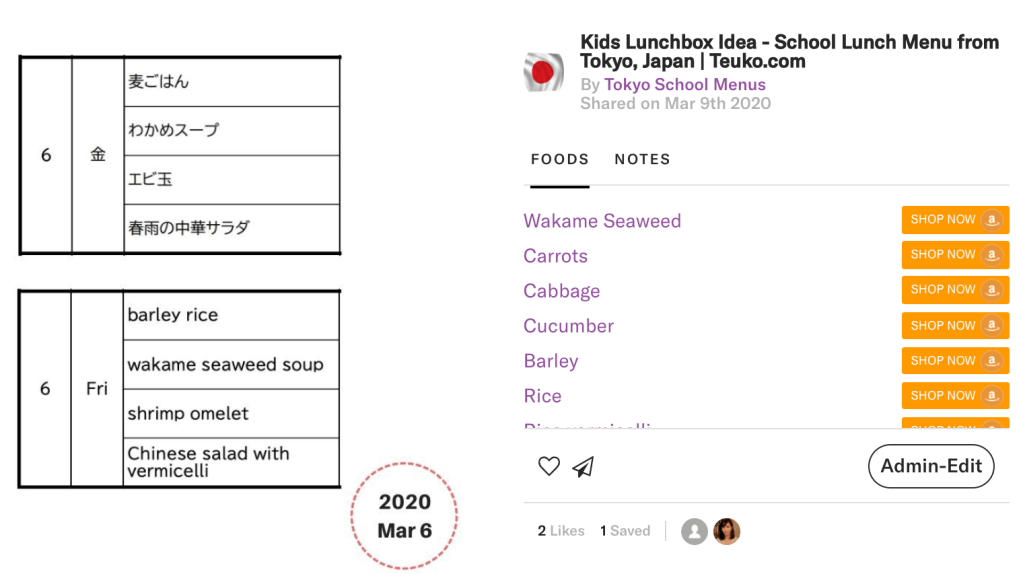
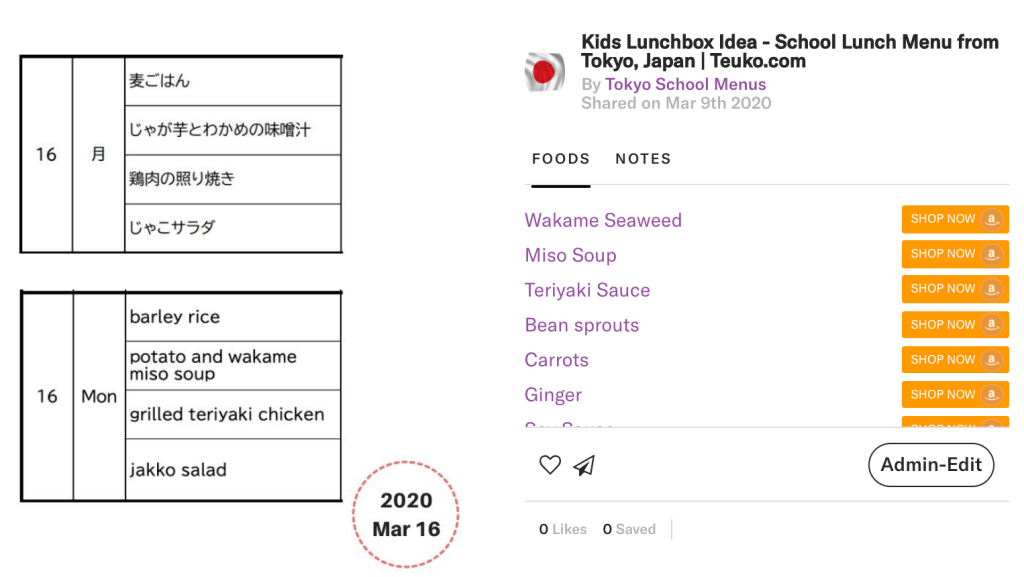


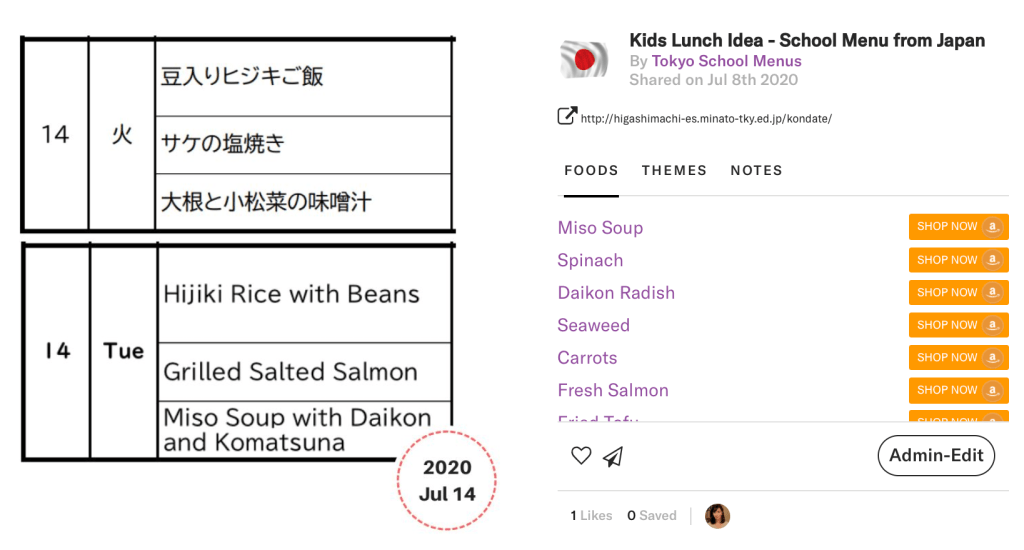

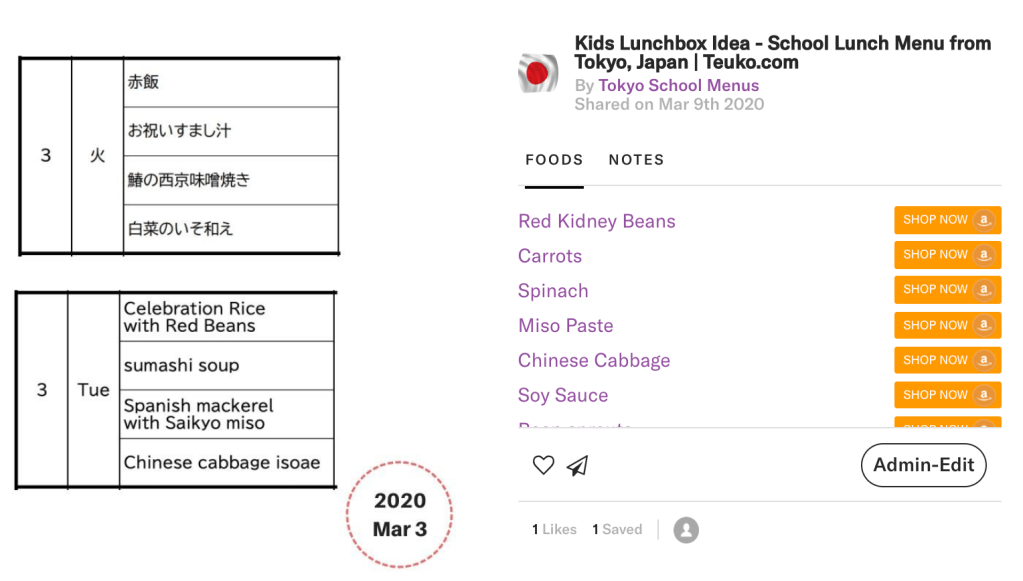
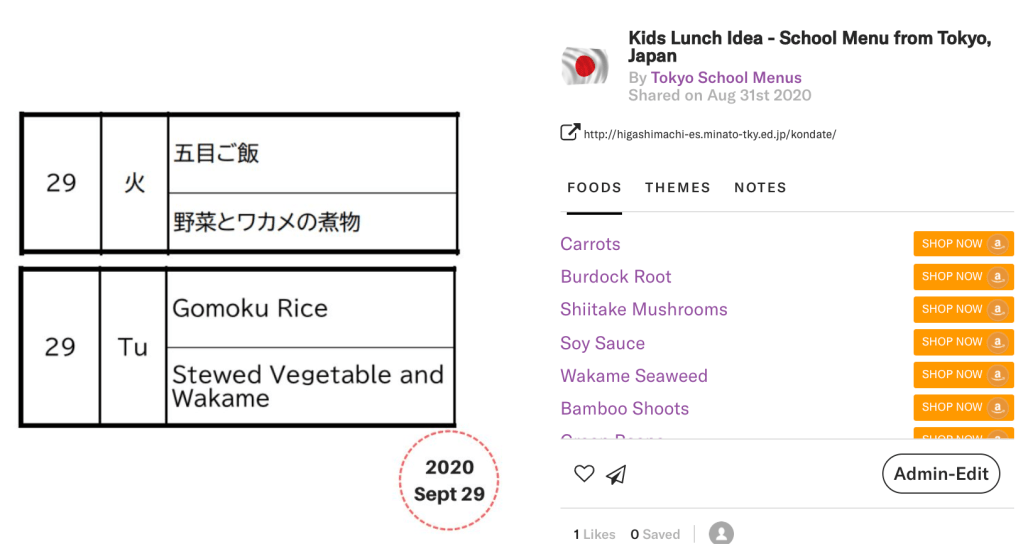

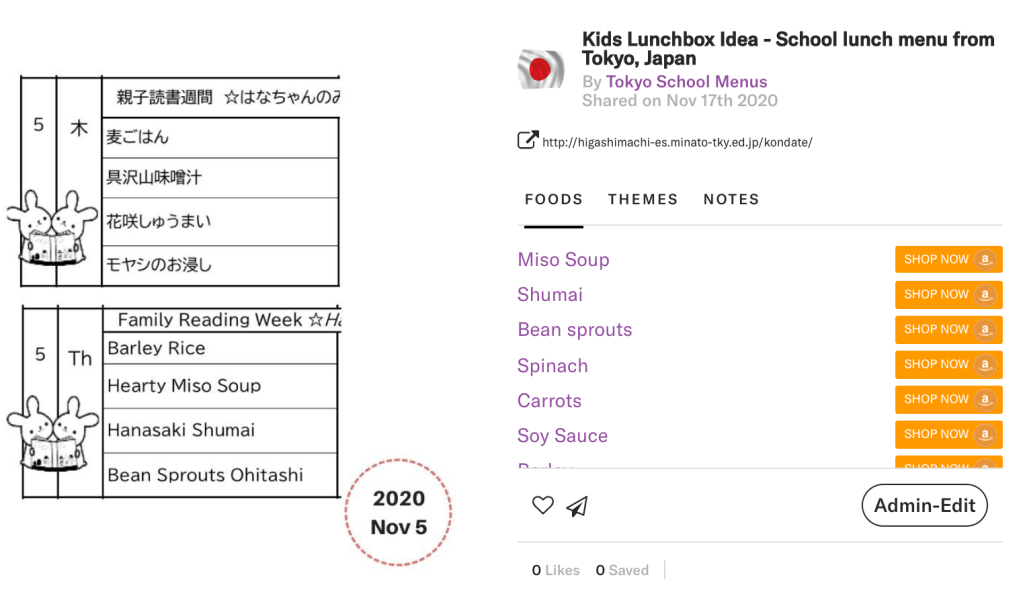


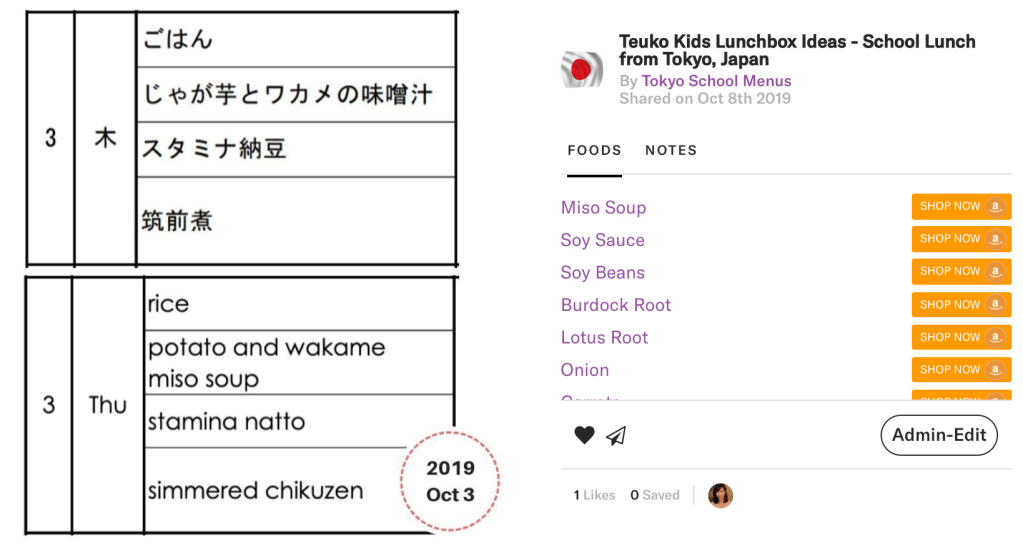

One thought on “Top Superfoods in Japanese Kids’ Lunches”